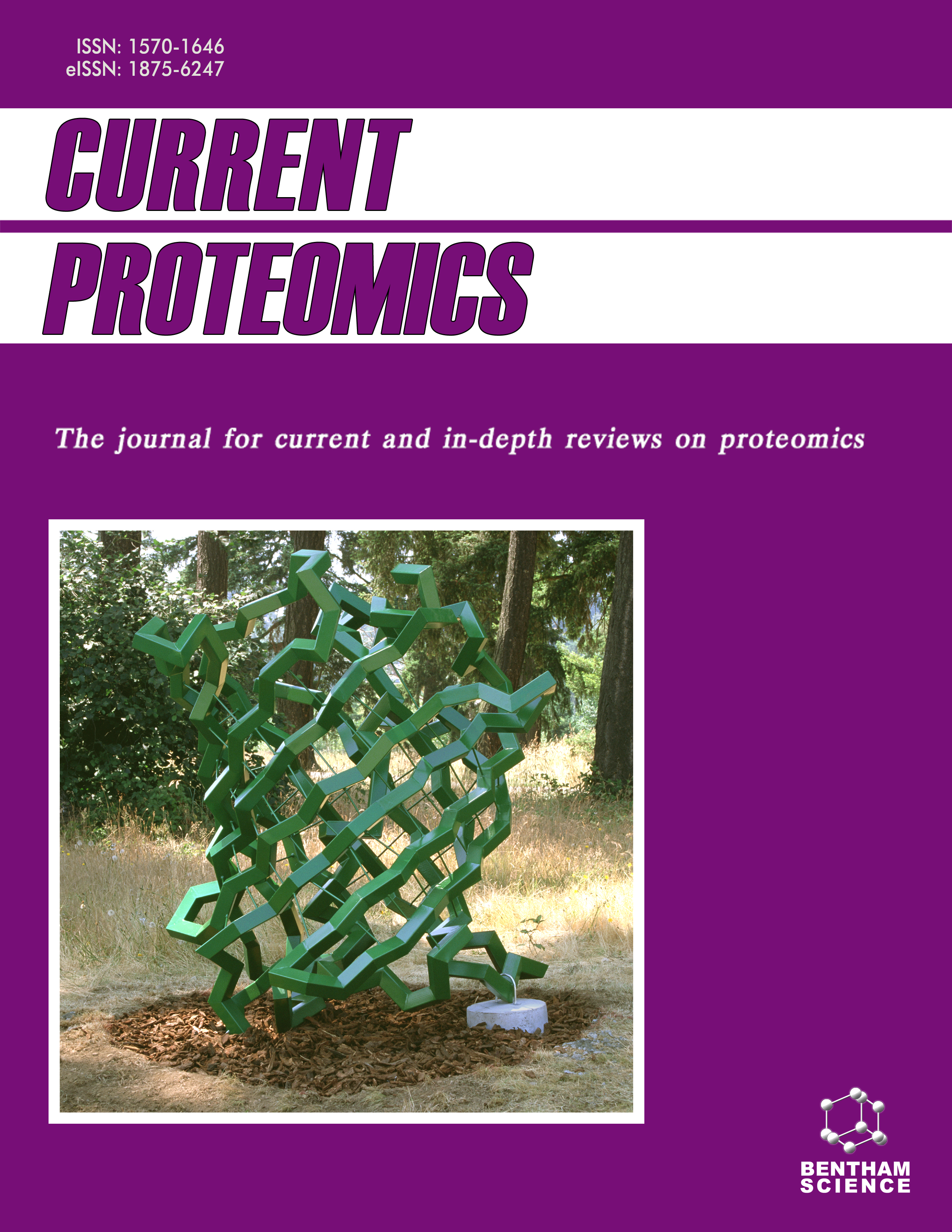
Full text loading...
We use cookies to track usage and preferences.I Understand

Bovine Seminal Ribonuclease (BS-RNase) is a unique member of the RNase A family found in the bovine seminal fluid. It is recognized for its antiviral and antitumor properties, which make it a potential therapeutic agent.
This study aimed to compare the stability of monomeric and dimeric forms of BS-RNase using in silico methods.
The tertiary structures of BS-RNase as monomers and dimers were obtained from the Protein Data Bank, and missing amino acids were modeled using the Modeller server. The predicted structures were validated using SAVES 6 and ProSA web tools. Molecular dynamics simulations were performed using GROMACS, and the resulting RMSD, RMSF, and Rg plots were analyzed.
The results indicated that the monomer's ERRAT score, Ramachandran plot, and Z-score were better than the dimer's. RMSD, RMSF, and Rg plots were favorable for both structures, with the monomer showing better stability than the dimer.
Consequently, the monomeric form of BS-RNase is more stable than its dimeric form, and the monomer can be more reliably used in pharmaceutical studies.

Article metrics loading...

Full text loading...
References


Data & Media loading...